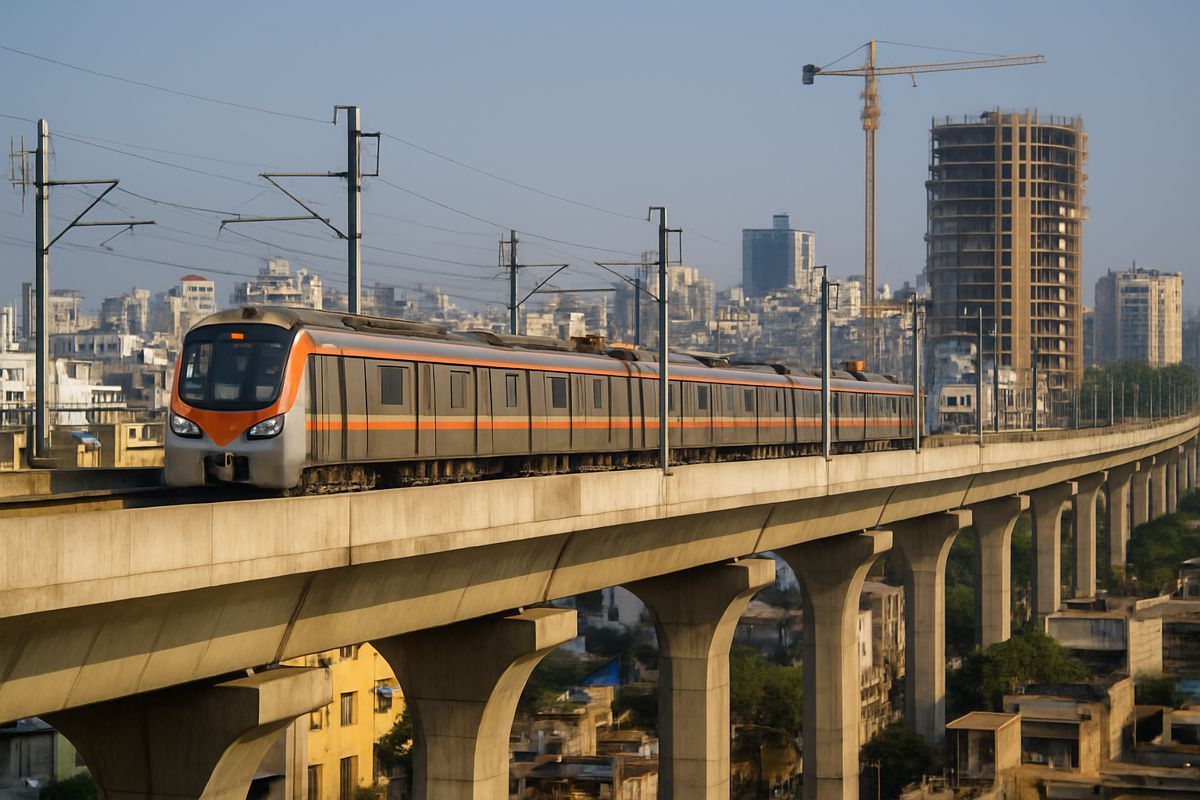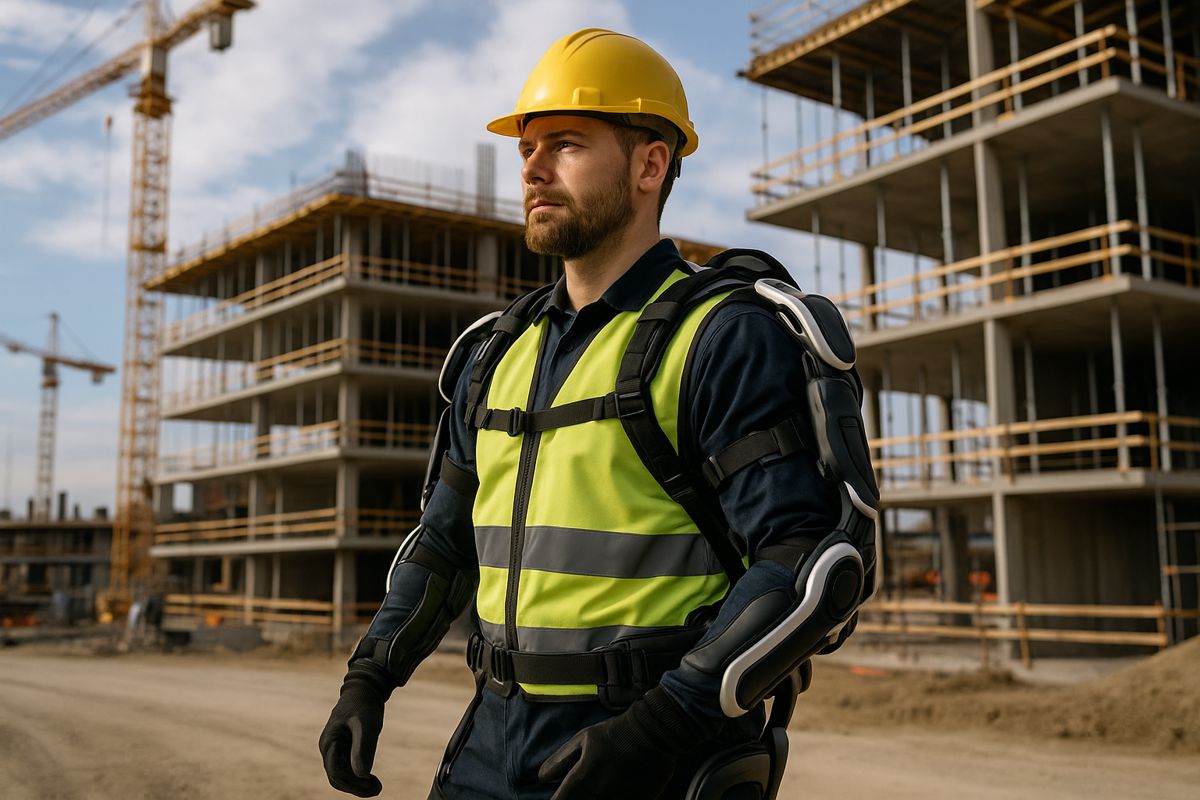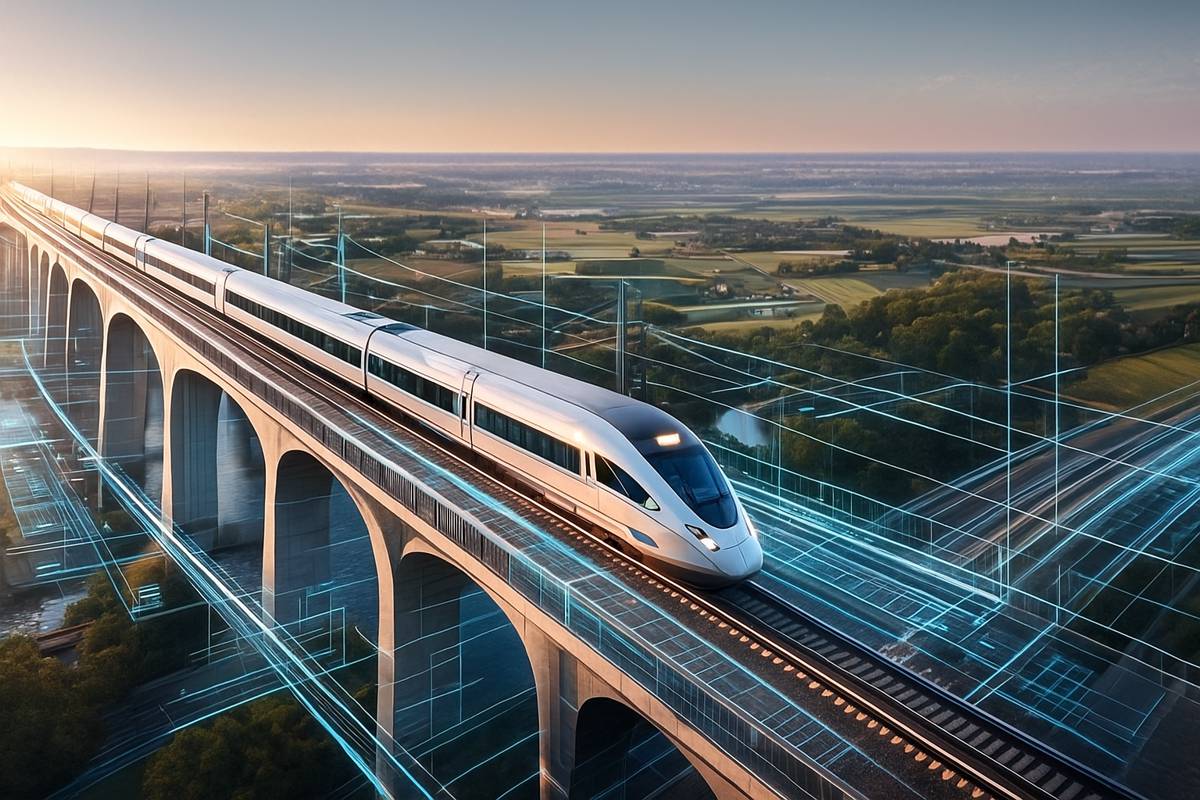The Future of Communications-Based Train Control
As the rail industry embraced Communications-Based Train Control, its core goals were explicit: boosting capacity while elevating safety. Today, under the banner of ‘smart railways,’ these ambitions have expanded, fuelled by a blend of technologies thriving on the robust CBTC foundation.
Some hail CBTC as the ‘gold standard’ of modern rail signalling; others adopt a more measured view. What’s indisputable is its revolutionary impact, reshaping the rail signalling concept for decades or even centuries to come. Though CBTC evolution is ongoing, it has already shattered barriers to innovation, enabling bolder strategic visions and achievements in the rail industry.
Next-Generation CBTC Architecture
Technological advancements for CBTC rarely exist in isolation. Their synergy is expected to create a stronger backbone to elevate—and, in some cases, redefine—rail operations.
Key components of this ongoing transformation have already been identified.
AI-Powered Control Algorithms
AI and IoT breakthroughs have redefined business priorities, centring on extracting maximum value from data. CBTC generates massive data streams during every journey, enabling AI to process them in real time, together with environmental and historical data, to boost manageability and facilitate advanced monitoring. High-capacity, bi-directional radio communication between trains and track equipment promotes instantaneous transfer of safety-critical data to the AI unit and back.
Early adopters of AI-powered Communications-Based Train Control, like Beijing Metro, saw a 20% capacity increase and significant reductions in delays by optimizing train headways and managing unexpected disruptions more effectively. Newcomers like the SelTrac G9 project, backed by a $71M investment, highlight AI’s potential to reshape rail operations by the decade’s end, bringing lower costs to transit operators, minimizing carbon footprint, and enhancing passenger experience. Notably, with machine learning and deep learning capabilities, AI algorithms continuously train and adapt to enhance system performance, extending system lifecycles and reducing the risk of technological obsolescence. This transformative power is only gaining momentum, offering every opportunity for AI to become a game-changer for the rail industry.
Currently, AI-powered systems reveal their value in the following core directions:
- Global optimum unattended dispatching
- Synergetic transportation in multiple modes
- High-speed automatic control under GoA4
- Precise maintenance decision execution
5G Network Implementation for Communications-Based Train Control
While the Tokyo metro is examining 5G, the rest of the rail world watches closely. This high-speed, extremely low-latency, and future-proofing technology promises to become a firm basis for rail companies to complete their digital transformation using AI and complex sensing and analytics technologies.
In case of success, the new communication standard will be set for Communications-Based Train Control. After adapting for interoperable usage, the pioneers of 5G CBTC communication may well become unconditional industry leaders, seizing the market for decades ahead.
Successful 5G implementations can bring considerable value through:
- Enhanced Connectivity: High performance stays strong even in challenging environments like tunnels;
- Increased Bandwidth: Advanced digital asset management solutions work better;
- Future-Proof Design: New technological iterations remain compatible.
This architecture brings a fresh and ground-breaking approach to train control and communication systems. Private 5G networks along train routes are going to provide low-latency and gigabit-grade connectivity. Innovative beam-tracking algorithms can keep steady connections between trackside and onboard systems.
Wider Use of Edge Computing
Edge computing is a critical building block for the streamlined applications mentioned above. As rail technology advances, waiting for data to reach the cloud and return to the train becomes impractical. Edge devices, such as IoT gateways, are increasingly used for AI-powered CBTC operations. These devices serve as intermediaries between onboard computers, trackside controllers, and the central control system, enabling instantaneous feedback. Real-time data processed by edge devices leads to transparent and manageable rail networks.
Real-Time Monitoring & Predictive Maintenance of CBTC
Advanced monitoring can completely shift the way the rail world manages CBTC maintenance. Recent implementations in the Singapore Mass Rapid Transit, New York City subway, Paris and London metros, have showcased a significant reduction of service disruptions, including, and highly costly downtimes. However, only about one-third of U.S. rail operators rely on predictive maintenance — while others face up to 30% in maintenance cost waste and up to 50% unplanned downtime. The upcoming decade is expected to usher in a new chapter in rail maintenance, with ‘predictiveness’ becoming a predefined function.
In such applications, IoT-based analytical tools work seamlessly with CBTC infrastructure, collecting and analysing data to assess structural integrity, and equipment performance, and predict potential failures.
It should be perfectly organized, monitoring ecosystems, and cohesively gathering operational, performance, environmental, historical, and usage data from crucial assets, such as signalling equipment, track circuits, and onboard train systems. With highly accurate sensors and advanced analysis, this all-encompassing approach enables peak system performance while extending the lifespan of rail assets.
Self-reported rail assets with sophisticated IoT sensors give complete monitoring of train movements, infrastructure conditions, and system performance, which can help achieve remarkable outcomes:
- 40% reduction in maintenance costs
- 40% improved asset lifespan
- 60% less unplanned downtime
- 15% greater asset efficiency
Cybersecurity Framework for Modern Communications-Based Train Control
A comprehensive rail security framework goes beyond traditional IT security measures as cybersecurity threats evolve. Rail cybersecurity must continue to gather best practices in this ever-evolving domain.
For Communications-Based Train Control, threat prevention systems should possess:
- Multi-layer monitoring across physical, network, and application layers
- Highly secured train-to-ground communication
- Rapid dimensionality reduction of heterogeneous data
- Intelligent classification of critical system anomalies
- Proactive defence against DoS, probing, and data tampering attacks
The system differentiates cyber-attacks from system faults through real-time security monitoring. Multiple overlapping security layers form a defence-in-depth strategy, with Deep Packet Inspection (DPI) analysing all rail systems communications to identify and neutralize potential threats.
What about the buzz around blockchain technology? For over a decade, it has been a hot topic among rail stakeholders, yet we mostly see discussions on enhancing data security and integrity in CBTC systems, with few actionable steps. Blockchain has the potential to create a tamper-proof record of data transactions between trains, trackside equipment, and the central control system. Its decentralized data storage and cryptographic techniques offer robust protection against cyber-attacks while ensuring a transparent, auditable trail of all transactions. Will this be used in any way? We’ll find out soon.
Environmental Impact
Although sustainability was not the initial goal of Communications-Based Train Control, the technology enhances rail transport’s environmental impact through capacity optimization and failure reduction. Modern CBTC systems can eliminate over 14,000 tons of carbon dioxide per line each year, resulting in a 15% reduction approximately. Thus, advanced CBTC algorithms contribute to sustainability but must go further to reduce emissions and support the ambitious goal of achieving a net-zero economy by 2050. Sustainable next-gen CBTC technology should incorporate fuel optimization algorithms to adjust train speeds and braking curves, minimizing fuel use.
Innovative sleep mode technology achieves zero-watt consumption when idle while keeping train localization information intact. Wayside infrastructure tracks trains during these periods and restores full CBTC functionality instantly when needed. Alternative power sources, such as energy harvesting from rails or hydrogen gas, may power future trains. With numerous potential use cases, precise monitoring is essential to estimate emissions and calculate benefits. IoT-enabled solutions like advanced particle counters will help rail track and maintain emissions at acceptable levels. These innovations are precisely what railways need to become an integral part of smart cities.
Shaping the Desired CBTC Landscape
- The future of CBTC is promising, driven by technological advancements that enable safer, more efficient, and environmentally sustainable rail operations.
- Achieving this potential depends on integrated solutions that foster a connected, intelligent ecosystem powered by continuous data flow and self-optimization.
- By leveraging AI, 5G, edge computing, real-time monitoring, predictive maintenance, and robust cybersecurity, the rail industry is positioned to attain remarkable improvements in performance and sustainability over the next decade to a decade and a half.
- With enhanced speed, reliability, and environmental benefits, CBTC-based railways are well-suited to become a cornerstone of transportation in future smart cities.
Article by Julia Seredovich. Julia is Business Development at Professional Software Associates Inc. (PSA). Thriving at the junction of railway signalling and the Industrial Internet of Things (IIoT) inside PSA, Julia specializes in building client solutions that bring together signalling technologies and overall business objectives. A liaison to PSA’s invaluable technical engineering team, she provides companies with expertise in the signal design of electrical interlocking, microprocessors and relay-processor systems.




















